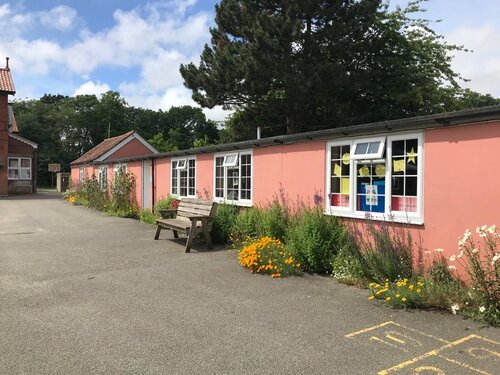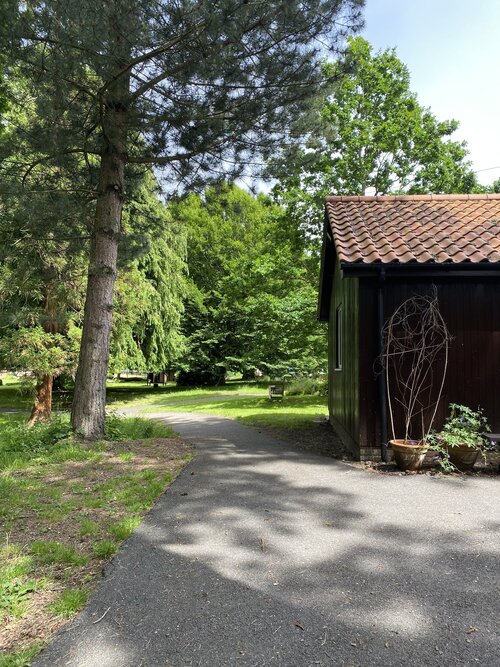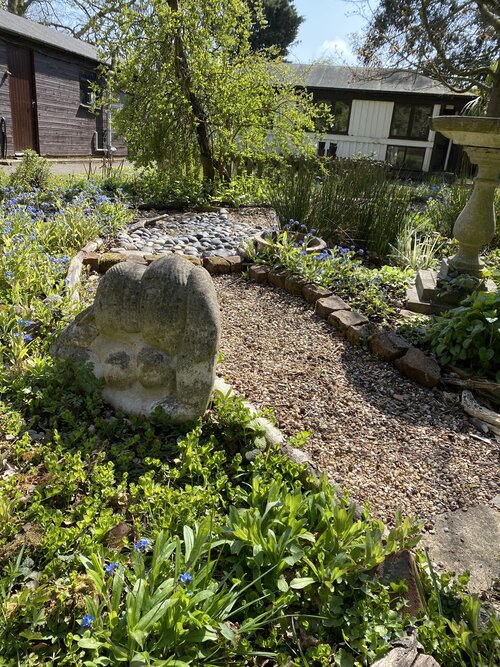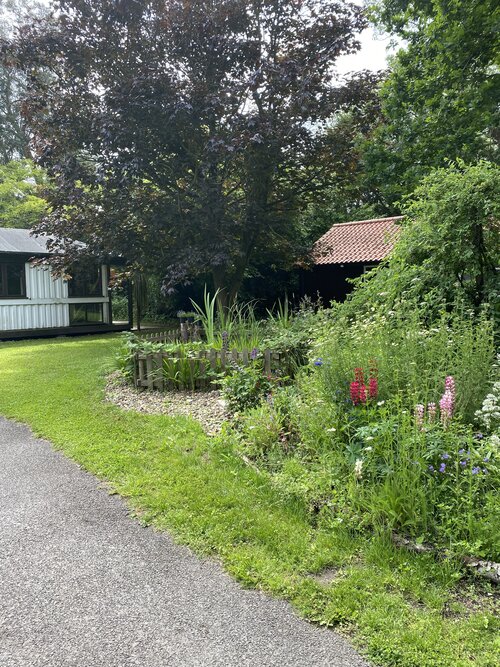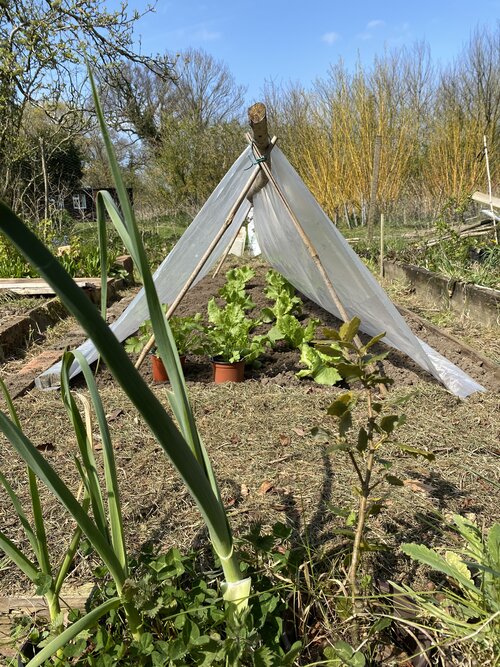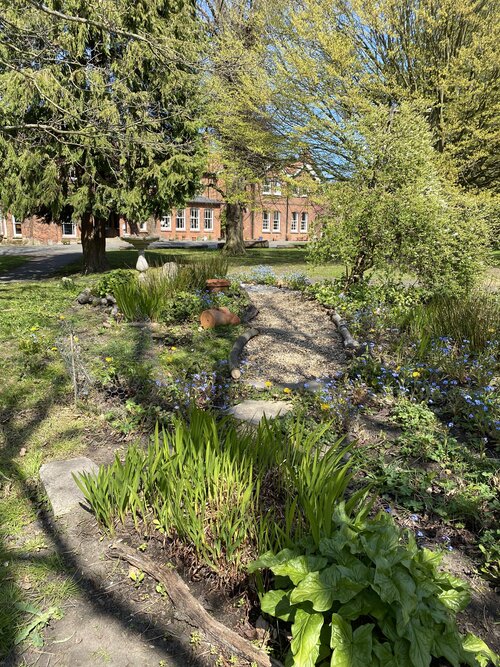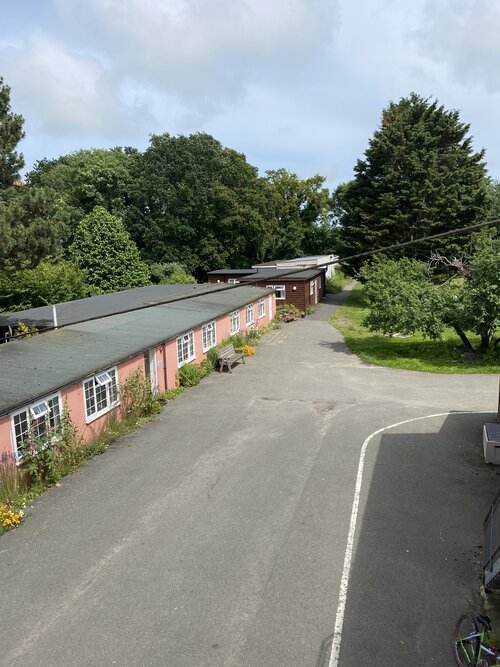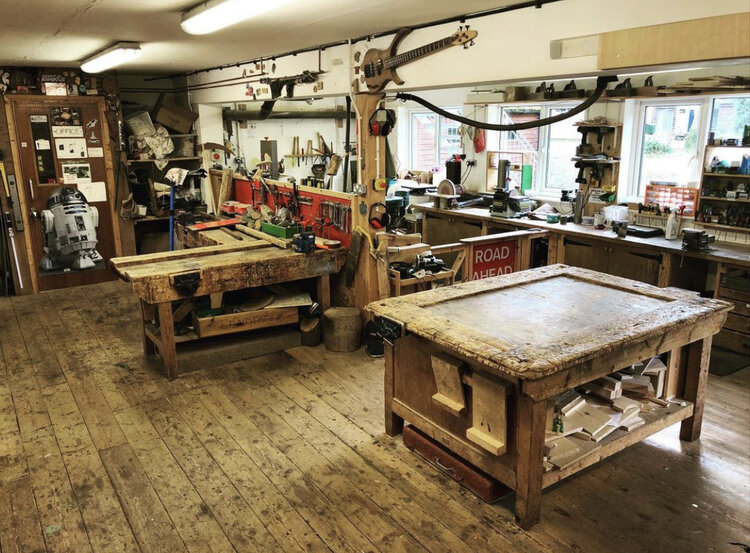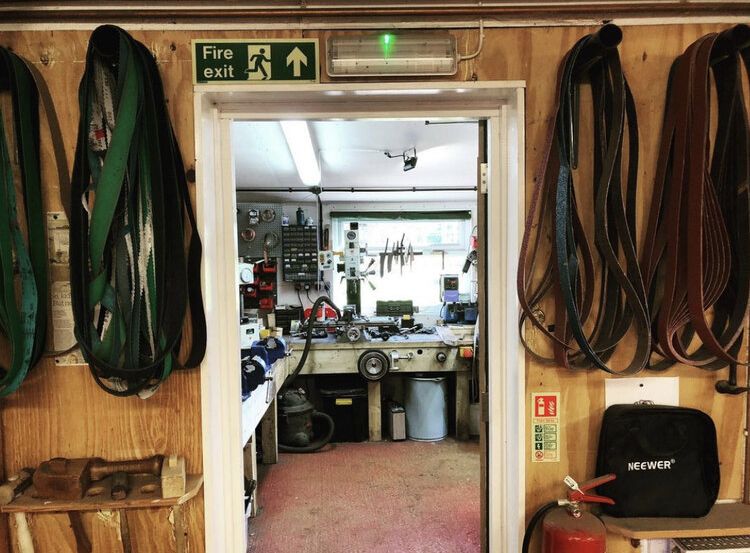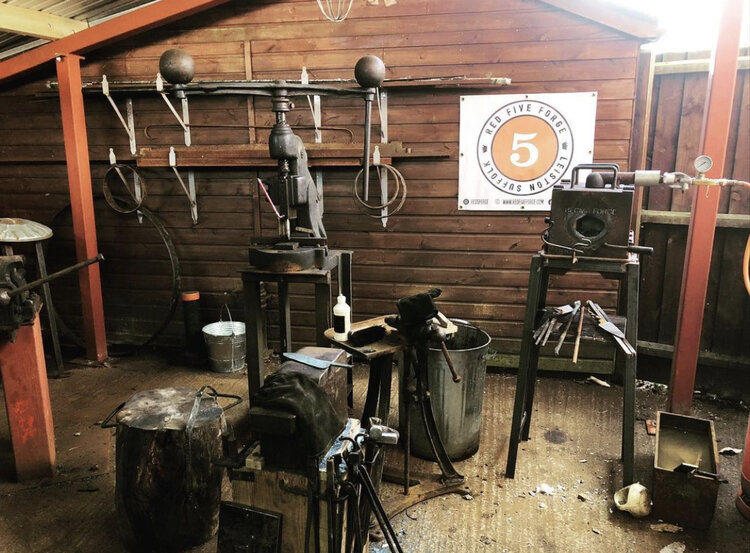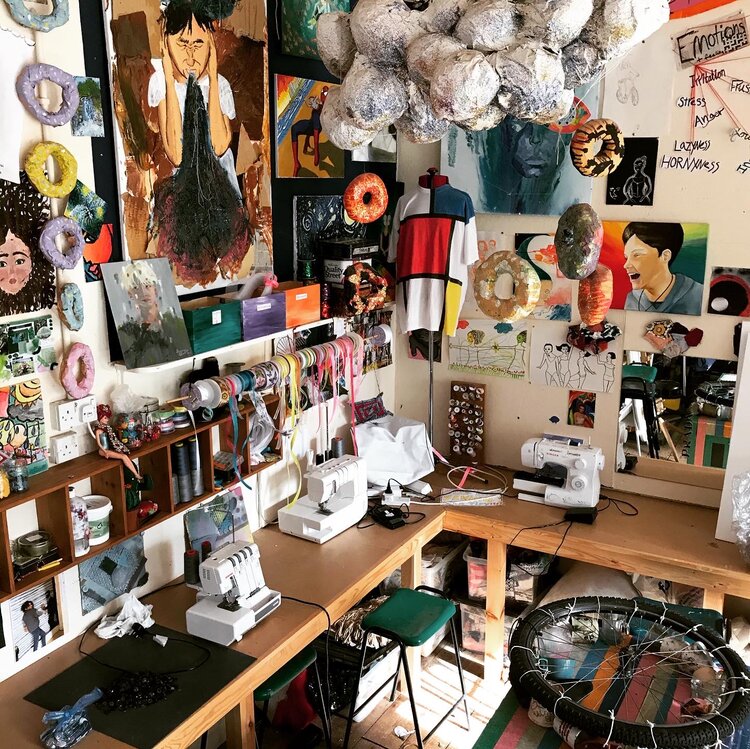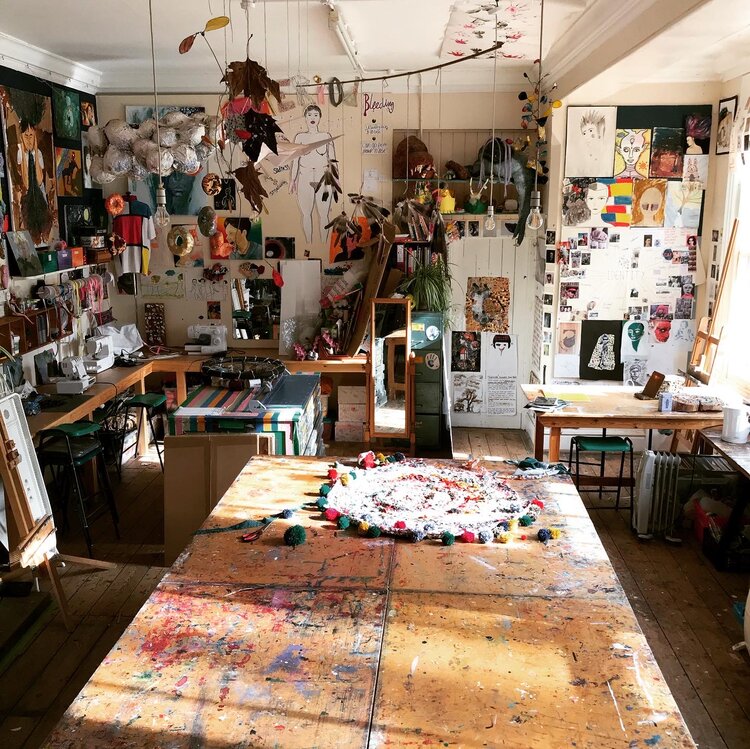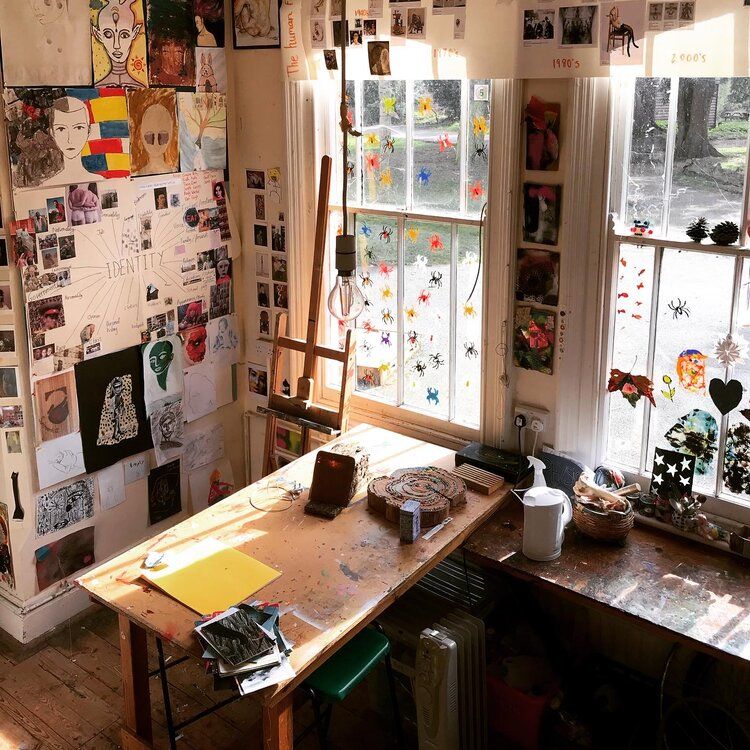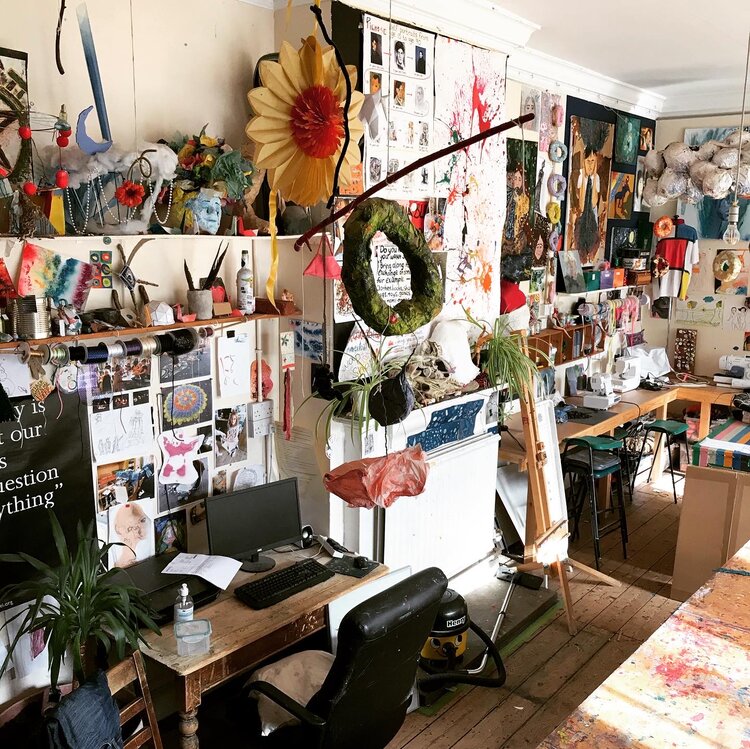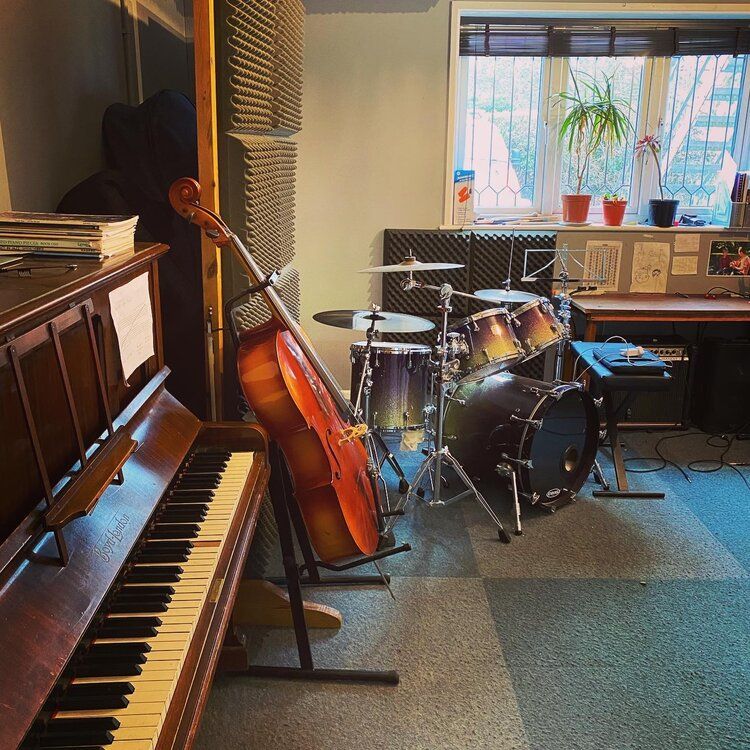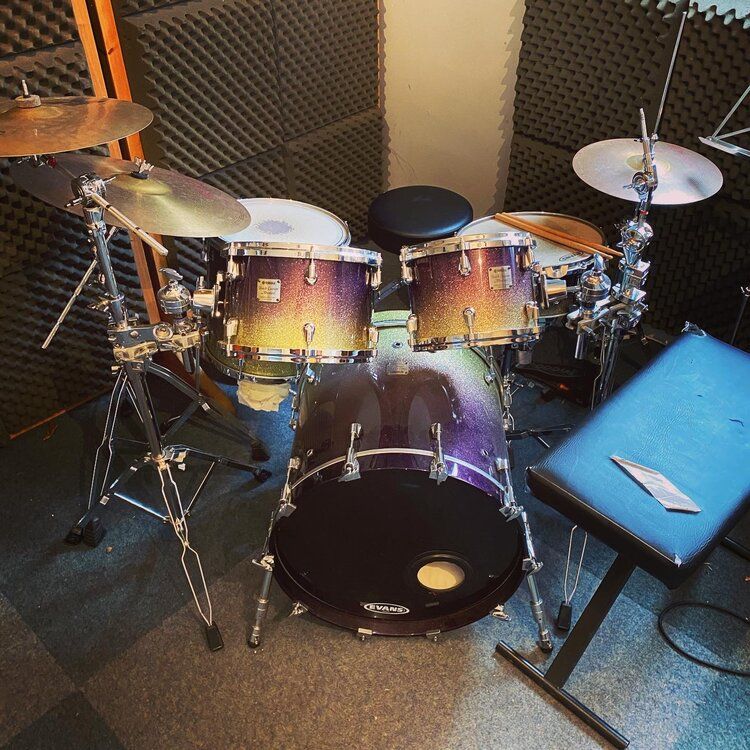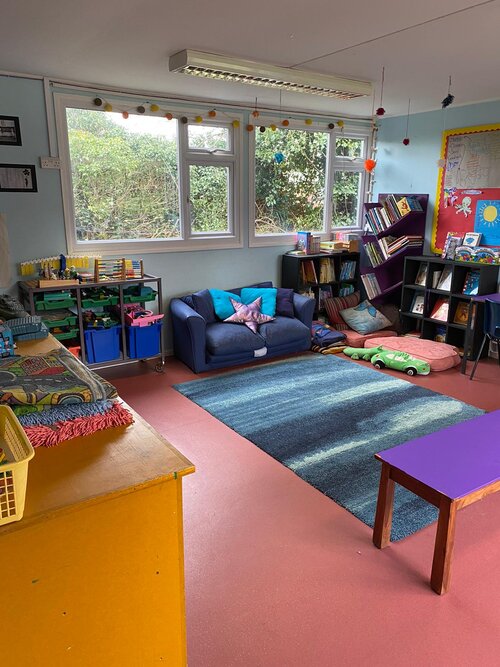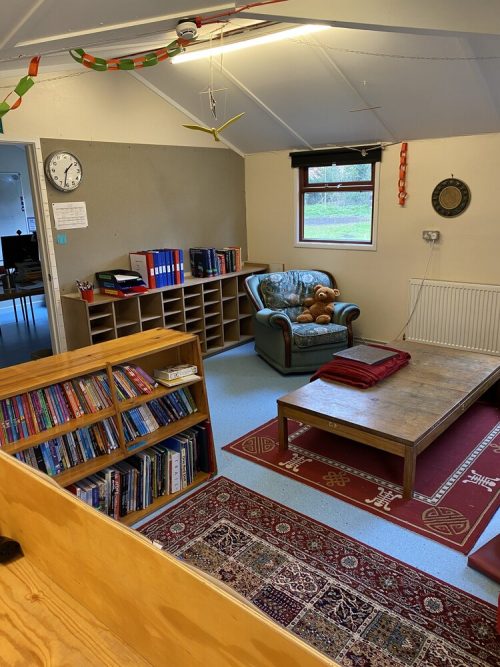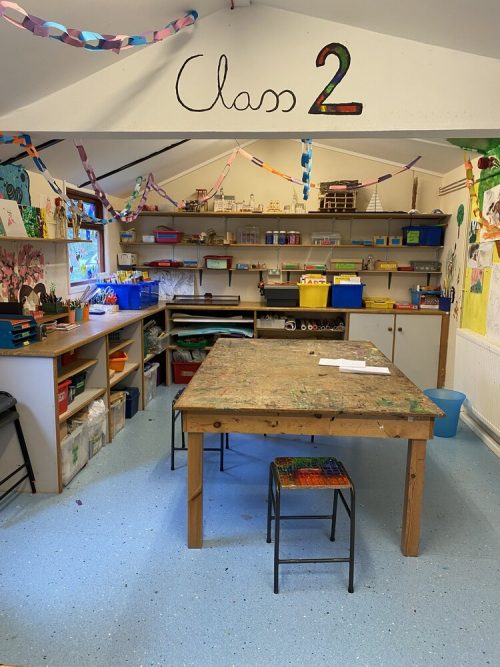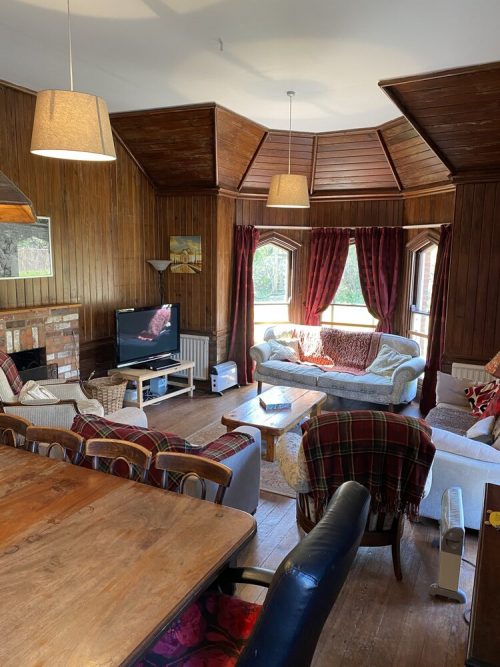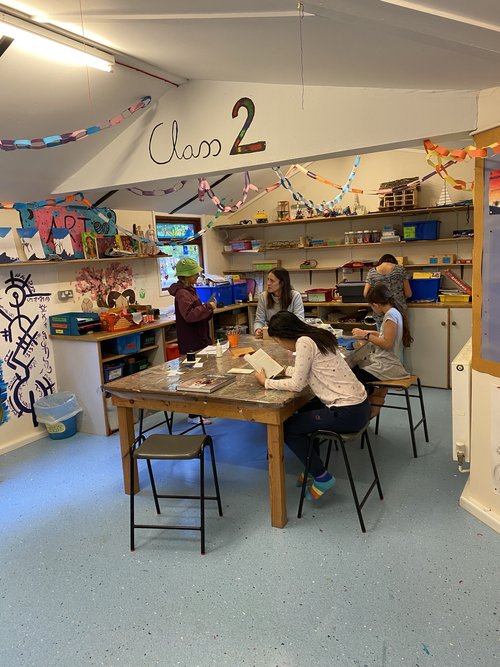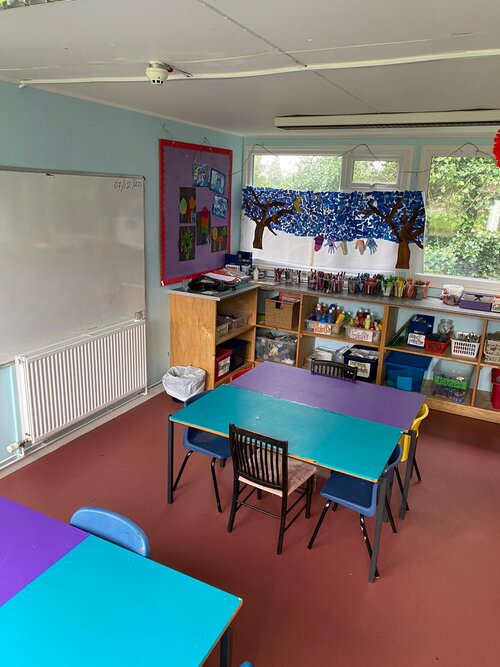There were no lessons at the Summerhill school, children spent more time playing than studying, and the founder of Summerhill Alexander Neill himself kept on smoking a pipe all the time, even when he was talking to students, and comfortably discussed the topic of sex at every opportunity. Was he right to try to minimize the intrusion of teachers into children’s privacy, and what useful lessons could we learn from Summerhill’s experience? This analytical review makes no claims to be comprehensive. Rather, it is an attempt to dwell on a topic that is getting relevant.
Alexander Sutherland Neill is a teacher who had a huge influence on the development of English and world pedagogy and is one of the ten most famous teachers in Great Britain. The purpose of this short analytical review is to tell about the life of Neill and his school, about the principles that were laid down in it and continue to exist to this day. To remind us very briefly about those scientists, teachers, philosophers who laid down the principles of free or alternative education in Western pedagogy.

Photo: Summerhill school
It is difficult to write about Alexander Neill and his Summerhill School. First of all, it is always uneasy to write about such thing as freedom. Everyone understands it differently: from a total absence of authority to democracy. And one can find a lot of theories about freedom. Each era brought something new.
Alexander Neill lived a very long life. He died in 1973 at the age of ninety. His heritage includes a school, books and the image of the most radical teacher, who instituted a school with no lessons, where children spent more time playing and studying, and where he himself would keep on smoking a pipe all the time, even when talking to children. As a school headmaster, he comfortably discussed the topic of sex at every opportunity.
Photo: Summerhill school
He worked his way from a member of the Labor Party to an opponent of politics. He used to say that if a Summerhill graduate became prime minister, he would consider it a failure. While, the teachers at Neill’s school could become the Great Britain Communist Party cell, although Neill himself was not a party member.
Born into a Calvinistic, deeply religious family of teachers (his father was a headmaster, his mother a teacher and the mother of thirteen children, only eight of whom survived), Neill became a fierce opponent of any religion, as he believed that it contributed to developing most of children’s complexes at an early age and caused deviant behavior.
For half his life he remained an admirer of Freud and Wilhelm Reich, but after the 50s he abandoned analysis as a way of interacting with children, believing that “freedom heals better than psychoanalysis.” A book of his voluminous correspondence with Wilhelm Reich was published, however, in his memoirs he explicitly stated that Reich’s psychology did not have any influence on Summerhill.
In 1937, he was so impressed by the success of Soviet pedagogy that he asked for a visa to travel to the USSR However, he was denied a visa. In 1950, he is also denied a US visa… because of his past admiration for the Soviet Union.
Democratic school governance, the concept that would make Summerhill School famous around the world, was actually not Neill’s idea.
The principle of democratic school governance has been brought forward by various teachers, thinkers and practitioners. In 1912, Janusz Korczak opened a school in Warsaw, where this principle would exist until the outbreak of war. In 1921, Anton Makarenko implemented it in his commune school.
In England, the first and most famous promoter of democracy in schools would be the psychoanalyst Homer Lane. In 1912, he founded the Little Commonwealth School, which was known for its liberal approach to education. Children from a deprived background and children from poor families studied at the school. Bertrand Russell considered Homer Lane “the best man of his generation.” Lane died in Paris in 1925.
It was his communication with Lane that would make Alexander Neill a supporter of democratic school governance. This is the principle by which children take part in the management of the school, develop laws, introduce restrictions, elect parliament and courts. Students could even impose sanctions against Neill himself and teachers (Janusz Korczak, for example, at the end of the year arranged teacher ratings in his school, according to the results of which teachers could even be fired).
In America, this concept was demonstrated in the elections of the School President, well known only from the movies, which is understandable for America. In England, Neill established the School Parliament.
What was the key point of the work of innovative teachers who developed free education at the beginning of the 20th century?
It was to find a way to provide a good education to children from poor families.
Makarenko and Korczak worked with orphans and homeless children. They, as well as Montessori, Waldorf schools and many others, focused on the poorest, oppressed social classes. Freire’s book “Pedagogy of the Oppressed” (1969) actually covered the above problems.
They had to solve the following problems:
- How to find a pedagogical mechanism that would provide a good education with minimal financial investment.
- How to minimize dependence on the state and avoid ideological and religious pressure.
- How to help children to attain an almost mystical goal, which is the realization of their inner mission and potential.
Despite all the mysticism and immeasurability of such a goal (you can see it, you can’t measure it), it will remain relevant until the 21st century. For Neill, a democratic system of school governance, where relationships are more important than the school’s curriculum and facilities, will become the solution to these problems.
Summerhill School Path
It started from the Theosophical Society, where Neill worked as editor of, needless to say, the theosophical magazine “New Age.” By this time, he had already graduated from the University of Edinburgh, become a maths teacher, had been the editor of several magazines, the headmaster and teacher of several schools, about which he wrote a couple of books, and even served in the army for some time.
Photo: Summerhill school
It is through the Theosophical Society that he goes to Germany, to the suburbs of Dresden, where he participates in the establishment of the International School as a co-founder. One of the subjects that was actively studied there was eurhythmy – a combination of dance, light and music, invented and created on the basis of the philosophy of Rudolf Steiner. However, we should probably not call the school a Waldorf school. The fact itself tells us that the founders of the school were quite aware of innovative ideas in pedagogy.
![]()
The school in Germany was founded in 1921. This year is officially considered the year of the foundation of Summerhill. The school moved to Austria from Germany, and from there to England to Lyme Regis (at this time there were only five students in the school). There Neill bought the Summerhill estate. In 1927, the school moved to Suffolk, near the town of Leiston, to a small estate built on completely flat ground, retaining, however, the former name Summerhill. Since then, it has become the permanent site for the school (only during the war the school was relocated, but not closed; a hospital for the military was arranged in the building).
During the war, Neill’s school was fully packed. Not because the parents were inspired by the ideas of democratic education. They sent children to rural schools away from shelling and raids by fascist aircraft. As soon as the war ended, parents took their children and the school became empty.
There were very few pupils at Summerhill. The school was barely making ends meet. Financial problem was one of the main problems of Summerhill. Neill never was a wealthy man. The school existed thanks to money transferred by parents, donations from sponsors, and Neill’s remuneration for lectures, performances and books. By 1960, the school had only twenty-five students and no money at all. But this year would become the most important for Neill and the school.
Reforms and New Education
After the war, many people in the world understood that there was something wrong with pre-war education, and with people too. The need to reform education was becoming obvious. The totalitarian regime had collapsed, and the world needed a new society based on equality and respect for the individual. The world needed a new type educational system capable of fostering a new individual who would not be able to start a new war.
Photo: Summerhill school
But at the same time, the Cold War began. Both opposing sides started to reform education. However, while in the USSR the attempts of Amonashvili, Elkonin, Shatalov and others were completely neutralized by the 70s, in Europe and America the fashion for freedom continued to be actively supported (it also ended by the end of the 70s, however, left behind rather tangible results. While in the USSR, the trends of the 70s were revived only in the 90s).
Photo: woodworking class at Summerhill School
By this time, Alexander Neill and his Summerhill school were well known in the narrow circles of informal schools. He gave speeches, talked about his very unusual school, where children played a lot, participated in elections, where there were no classes, children did not attend lessons, because there were no lessons at all. He talked about the dangers of religious education and forced education, about sex, about the complexes that parents themselves create for their children. People listened to him, were surprised, supported him, disagreed with him.
While reading Neill’s works, it is impossible not to notice that he returns to the topic of sex very often. His former fascination with Freud and Reich would remain with him for the rest of his life. Sex in his works is opposed to religious prohibitions. Now this idea of Neill would sound a little different to us: there SHOULD NOT BE taboo topics in discussions with children. Even in our time, this idea sounds radical… As does the idea of discussing political issues with children.
The topic of childhood and education is relevant all over the world. At this time, books are published and many child-rearing thought leader appear. This is of great interest to book publishers. In 1946, Benjamin Spock’s mega-popular book, The Common Sense Book of “Baby and Child Care,” was published. Without going into details of the book itself, I would like to note that, among other things, the author himself was a “leftist,” opposed the Vietnam War, the Cold War and, in general, was actively involved in public life, he was even prosecuted several times. When he died, President Jimmy Carter called him “The Outstanding Man of America.” Pedagogy at that time did not keep aloof from the social movement, and it was considered wrong and even harmful to separate upbringing and education from politics. Similar thoughts were heard both from the leftists and the rightists.
In 1960, Neill’s book, Summerhill: A Radical Approach to Child Rearing, was published in America. This collection of Neill’s previous books was compiled and published by Harold Hart, who had previously published only books for children.
There was also an interesting story with writing a preface to the book. At first, the writer Henry Miller, who had long appreciated Neill’s work and was a sponsor of his school, wanted to write it. But due to Miller’s scandalous erotic prose, this idea was abandoned. Anthropologist and writer Margered Mead, who had some involvement in raising the children, refused to participate due to the friendship of Neill and Wilhelm Reich. As a result, they made the right choice: the preface was written by Erich Fromm. He wrote: “Education is identical to helping children realize their potential. Manipulation is the opposite of education; it is based on a lack of faith in the potential development and on the belief that children will be good only if adults make them learn what is desirable and suppress what seems undesirable.”
The book brought Alexander Neill and his school worldwide fame. At that time, he was 77 years old! Ten million copies were sold over the next ten years. The emergence of a real democratic school, opposing authoritarian teaching, makes Neill and his philosophy incredibly popular. Schools operating based on the Summerhill principle began opening around the world.
But Neill and his ideas do not exist in a vacuum. They harmoniously merge with the ideas of other contemporaries. The popularity of radical pedagogical ideas is due to the growth of government interference with the process of upbringing and education.
In 1969, humanistic psychologist Carl Rogers wrote the book “Freedom to Learn.” He advocates self-determined learning, speaks out against pressure from the school, and for education, where students themselves become initiators, and teachers are rather facilitators, guides in learning.
In the same 1969, “Pedagogy of the Oppressed” by Brazilian scientist Paulo Freire was published. It was reprinted many times and became a classic work propagating free (alternative) education. The main idea of the author is that a student is not a jar that needs to be filled in with knowledge, but an active participant in the learning process.
In 1971, the American philosopher and teacher Ivan Illich wrote the book “Deschooling Society,” where he first introduced the concept of “unschooling”: learning without school.
John Holt, an American educator, writer, critic of the school system and close friend of Illich, founded the magazine “Growing Without Schooling” in 1979, a publication about homeschooling (family education) and unschooling (education without school).
What is the meaning of education from Alexander Neill’s point of view?
The purpose of education is to make a person happy and help him/her realize their potential.
What are the possible ways to do it? – Find a person’s vocation, the meaning of his/her life.
How is it possible to achieve this? – To eliminate the social and moral framework set by the government or the morality created by the church (the ideology of the state hostile to individual rights) and its prohibitions. It is necessary to make the child’s hobbies the basis of his/her learning.
How can this be implemented in school? – In a democratic school there are no institutions that separate students: there are no classes, no lessons. The main thing is the creative process. Everyone can choose an area of interest and realize their potential in it. The school guarantees equal rights for students and teachers. There is no authoritarian governance, no domination of superiors. There is respect, the right of everyone to speak out and be heard. The main thing in school is an atmosphere of happiness, creativity, respect, equality. This atmosphere is called freedom. It is supported and protected by the School Council and the Tribunal (Court).
How are decisions made? – Power in the school is exercised through direct democracy, through elections to the School Council and the Tribunal (Court). Decisions are made at general meetings, where every student and teacher can speak and express their point of view. That is, democratic principles of management and conflict resolution are created. The above enables a student to feel free at school. And freedom, in turn, is the engine that leads a person to happiness, self-accomplishment and self-fulfillment. And this is the main goal of education.
Will there be anarchy? – Laws and rules are established by all students and teachers during general discussion, and everyone is obliged to comply with them. In case of non-compliance, there is a Tribunal that makes a decision on imposition of a punishment. Freedom is not anarchy, but voluntary compliance with laws, compliance with a common agreement. Your personal freedom should not be an obstacle for realization of freedom of other people.
Photo: Creative Workshop and Music Room at Summerhill School
What Alexander Neill proposed and implemented at Summerhill School is fundamentally different from what mass education offers. Its main achievement was shifting the emphasis of school reforms from external changes (new equipment, new program) to internal changes, i.e. a change in the spirit of the school, focus on the “hidden essence of education.” Neill stresses the importance of relationships within the school, school spirit, and atmosphere. These are the main factors that determine whether a child will be happy or not, whether he/she will have problems at school or not, whether he/she will be bullied or not, whether he/she will be happy or not, whether he/she will have conflicts with children and teachers. Neill offers a solution: school as a model of democracy. He prepares children for living in a new society and gives them a model of behavior for life, where there is respect for each other, and there is a society without violence.
“The hidden essence of education” is a topic that is quite actively studied in the world, but which is, unfortunately, little studied in Russia. Alexander Tubelsky, the founder of the Moscow “School of Self-Determination” and the closest follower of Alexander Neill in Russia, well described the meaning of this phenomenon. According to Alexander Tubelsky, there are schools with unpainted walls which have not undergone renovation for a long time, but which children attend with great pleasure, and such schools produce successful students. In the book “School of the Future, Built Together with Children,” he calls this phenomenon “the elusiveness of the most obvious”: it was about the way of school life, the style of its activities of daily living, explicit and implicit norms and rules.
Alexander Neill:
- changed the school management system, giving more powers in resolving internal issues to children and staff, while retaining some rights, although not important ones,
- put the interests of children, their hobbies and desires as a basis for a school curriculum, and set the goal of education: the satisfaction of these interests.
Was Neill right?
During Alexander Neill’s lifetime, his experience and his school were criticized, often with good reason. The school rested on the authority and popularity of its creator to a great extent. Neill himself was an interesting philosopher, but at the same time he was a very moderate teacher of mathematics. Studying at school was indeed often like anarchy; the level of knowledge was low. The school obviously did not have high ratings, for lack of a better term. These problems attracted state inspectors to Summerhill, who repeatedly tried to close it. Simply put, the issue of academic achievement versus freedom remains unresolved. Neill’s theory was not universal; it did not suit all children.

Фото: Axel Kühn, Wikipedia
At first, Neill’s wife became responsible for solving these problems. After Neill’s death in 1973, Ann Wood took over the leadership of the school.
Ann came to Summerhill in 1939, when her son from her first marriage began studying there. She was already divorced and wanted to send her son away from the war. The London bombing destroyed her photography studio and she moved to Summerhill. Neill offered her a job as a cook, then as his secretary, and then she became his wife. There was a 28-year difference between them.
Ann Wood Neill was the head of the school until 1985 and died in 1991 at the age of 88. Afterwards, the school was headed by Ann and Neill’s daughter Zoya Redhead (she married a neighboring farmer and changed her last name). Zoya is the head of the school to this day.
By the way, Zoya studied at a regular private school for two years, and only after her pressing requests her father and mother allowed her to return to Summerhill.
She could not study at school with lack of freedom.
These two wonderful women – mother and daughter – took up solving the problems that Alexander Neill left them. None of them had the charisma and authority, or the gentle character of the school’s founder. While, the financial problems remained the same, and inspections became more frequent. And the problems had to be solved.
Photo: Summerhill school
Under Ann Wood Neill and Zoya Redhead, the most serious attempts to close the school were repelled (you can watch the famous TV series “Summerhill,” 2008, about this, where all the problems are summarized in one story). After Neill’s death, over the next 50 years, his system will be modernized so that students could still demonstrate academic performance in addition to freedom. First of all, much attention was paid to personnel training and modern teaching methods.
Ann raised teachers’ salaries (Summerhill is not the cheapest private school, and in this sense, the behests of Neill, who dreamed of free education, did not come true). New teaching methods started to be implemented, students were prepared for admission to prestigious universities. However, Neill’s main principles remain the same: the democratic form of government is preserved, students are allowed to spent time playing games, the focus on the interests of the child is preserved, there is a large number of “specialties” (there is even a forge where children make knives: everything is arranged as Neill loved – the more dangerous, the better).
The ideas of free democratic education proposed by the Summerhill School have spread throughout the world.
The International Democratic Education Conference ((IDEK) has been held since 1993. Each time it is held in different countries where democratic schools exist: England, Japan, New Zealand, USA, Israel, India, Germany.
Since 2008 – European Democratic Education Conference (EUDEK). It was difficult for many schools from Europe to travel to the odd corners of the world, and Europe came up with its own conference.
The Institute for Democratic Education operates in Israel. There are many state-supported democratic schools in the country.
In 1968, Daniel Greenberg opened the first democratic school, Sudbury, in the United States. The Sudbury network now consists of more than 60 schools around the world. They are not a part of an overall organization, but agree with all the leading principles of democratic education: management through a general meeting, the child’s natural desire to learn is the main motivation in learning, no classes, no grades.
Democratic education and democratic schools are part of a large-scale movement that is commonly called alternative or free in the world. Similar institutions include the Montessori schools, Waldorf pedagogy, Reggio schools and kindergartens, family education, various private and not completely private schools with an individual approach to education. It is these directions that are perceived as an alternative to authoritarian education, as schools with a shift from a vertical structure of education to a horizontal one.

The phrase “The school is a mirror of society,” which has become a cliche, is not at all a cliche in democratic schools. They just rely on the opposite postulate: “The school shapes the society that will exist in the future.” A child who has gained the experience of a building a successful life, the experience of realizing his/her dreams, the experience of conflict-free problem solving, would not want to build a world with a different lifestyle.
What could we take from Neill’s school?
You can build the cutting-edge school, equipped with the most modern computers. You can make the state-of-the-art renovation of your school with common use and individual spaces, a wonderful canteen and gym, an exciting art studio and chef lessons. But the question is whether this school will be comfortable if children are not happy there, if they do not feel at home there? Will good grades be important if they are given through pain and violence? Will educational process be correctly organized, if a child leaves school with good knowledge of mathematics but lack of knowledge of his/her own personality?
Photo: Summerhill school
The mechanism of democratic self-government is an effective way to make the student involved in everything that happens at school. This is a way to make school native and understandable to students. And then it doesn’t matter how old the computers in the school are and whether it is enough money to paint the ceiling or not. It is not money that is important! And the relationships, emotions with which a person comes to study or teach, if he/she is a teacher. A student can participate in fair elections, in school governance, in the School Council, and become the President of the school. The offended one can always find protection, the strong one can protect the weak one, and the weak one can protect the strong one. And these very simple mechanisms are available in any school and do not require financial expenses. They are able to turn a previously hated school into a place where the child is understood, loved and appreciated. Which, in turn, helps self-exploration and understanding of one’s mission. There is a sudden desire to learn and develop.
A person leaves school with an idea of what human rights and fair elections are, gained not from a social studies textbook. Students learn about the negotiation skills not from Russian folk tales, and about a person’s mission and vocation not from books about personal growth. Students learn everything from their own experience. Perhaps then it will not be the world that changes the school, but the school that will change the world.
June 2024

